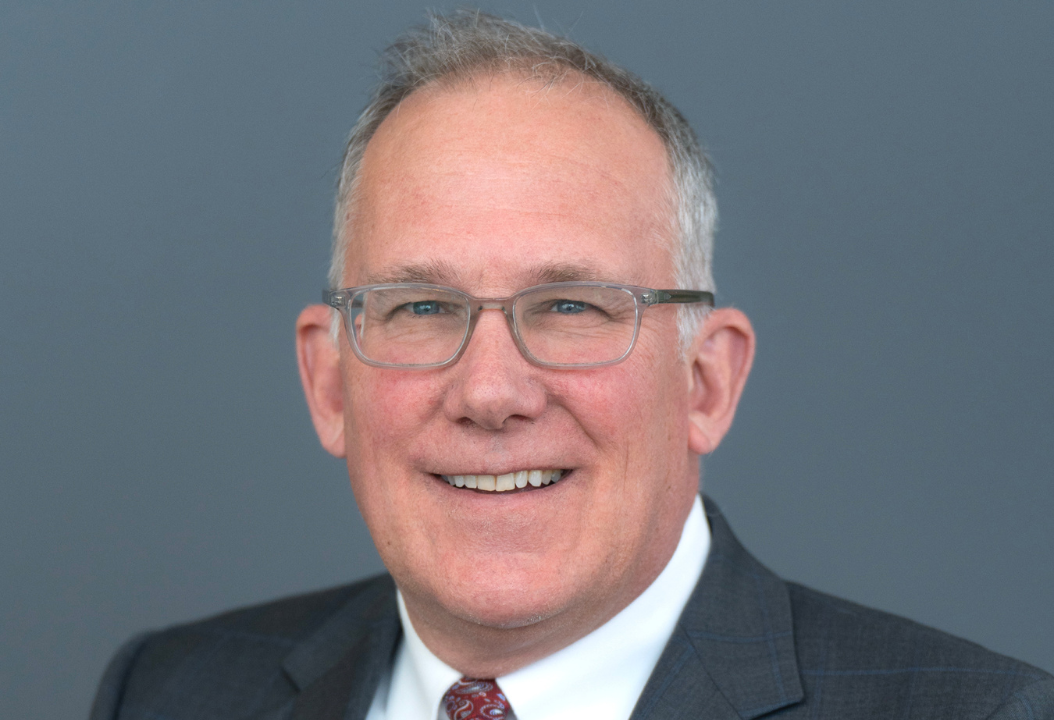Subscribe to our email newsletter and follow us on social media.
This commentary is written by PNC Chief Economist Gus Faucher.
- Job growth was much higher than expected in May at 339,000, with big upward revisions to job growth in March and April.
- The household survey was weaker, with the unemployment rate up to 3.7% and employment down in a survey of households.
- Wage growth softened a bit in May, but is too hot for Fed.
- The strong May jobs report makes near-term fed funds rate hikes more likely.
Employment growth was far stronger than expected in May, according to a survey of employers from the Bureau of Labor Statistics, with the economy adding a net 339,000 job over the month. This is well above the consensus expectation of 180,000. In addition, there were large upward revisions to job growth both in March (to 217,000 from 165,000) and April (to 293,000 from 254,000). Over the last three months the economy has added more than 280,000 jobs on average, well above the economy’s long-run potential. This is unwelcome news for the Federal Reserve, which would like to see job growth slow to a more sustainable pace.
The unemployment rate jumped 0.3 percentage point to 3.7%, the highest the rate has been since October 2022. The 3.4% rate in April matched the lowest unemployment rate since 1969. Employment in a survey of households (different from the survey of employers) fell by 310,000 in May. The household and employer surveys often vary, and the employer survey is usually a more accurate reflection of the job market given its much larger sample size. That being said, the divergence between the two surveys in May is unusually large. The household survey may also be better at capturing turning points in the economy.
The labor force, the number of adults working or looking for work, rose by 130,000 in May, with the labor force participation rate, the share of adults in the labor force, steady at 62.6%. Although the labor force participation rate has risen slightly in 2023, it remains below the 63%+ rate prior to the pandemic, and the labor market is structurally tighter now than it was then.
Goods-producing industries added 26,000 jobs in May, with gains in construction of 25,000 and small losses of 2,000 in manufacturing. The increase in construction employment is despite higher interest rates that are weighing on the industry, in particular on the residential side. Private services-providing industries added 257,000 jobs over the month, with increases of 97,000 in education and health services, 64,000 in professional/business services, and 48,000 in leisure/hospitality services. The BLS did not report an impact of the writers’ strike, but employment in the information industry fell by 9,000 in May. Government employment rose a large 56,000 over the month.
Average hourly earnings rose a moderate 0.3% in May from April, after increasing 0.4% the previous month. On a year-ago basis wage growth slowed to 4.3% in May from 4.4% in April. The slowing in wage growth is welcome news for the Fed, which remains very concerned about inflationary pressures from the labor market. But annual wage growth is still much stronger than the 3.5% pace consistent with the central bank’s inflation target of 2%.
The labor market remains disconcertingly strong. The April jobs report indicated a moderation in job growth. But with the very strong May report, including big upward revisions to job growth in March and April, changes the picture. With big swings from month to month, it’s difficult to determine what exactly is going on in the job market. The big job losses in the household survey for May add an additional note of uncertainty.
But the overall takeaway from the May report is that job growth is running well above the economy’s long-run potential and inflationary pressures are only easing slightly, despite aggressive Federal Reserve interest rate hikes since early 2022 in an attempt to cool off economic growth and the labor market. The strong May report makes it more likely that the Federal Open Market Committee will raise their policy rate, the fed funds rate, by 25 basis points at its next meeting on June 14. Yesterday the futures market was pricing in only a 20% probability of an increase in the fed funds rate at that meeting, but that probability jumped to 30% after this morning’s jobs report.
About the author: Prior to joining PNC in December 2011, Faucher worked for 10 years at Moody’s Analytics, where he was a director and senior economist. Previously, he worked for six years at the U.S. Treasury Department, and taught at the University of Illinois at Urbana-Champaign. He serves on the board of directors of The Economic Club of Pittsburgh - the local chapter of National Association of Business Economics (NABE). He is also co-chair of the Financial Roundtable of NABE. Faucher earned a Ph.D. in economics from the University of Pennsylvania and a B. A. in economics from Cornell University.









